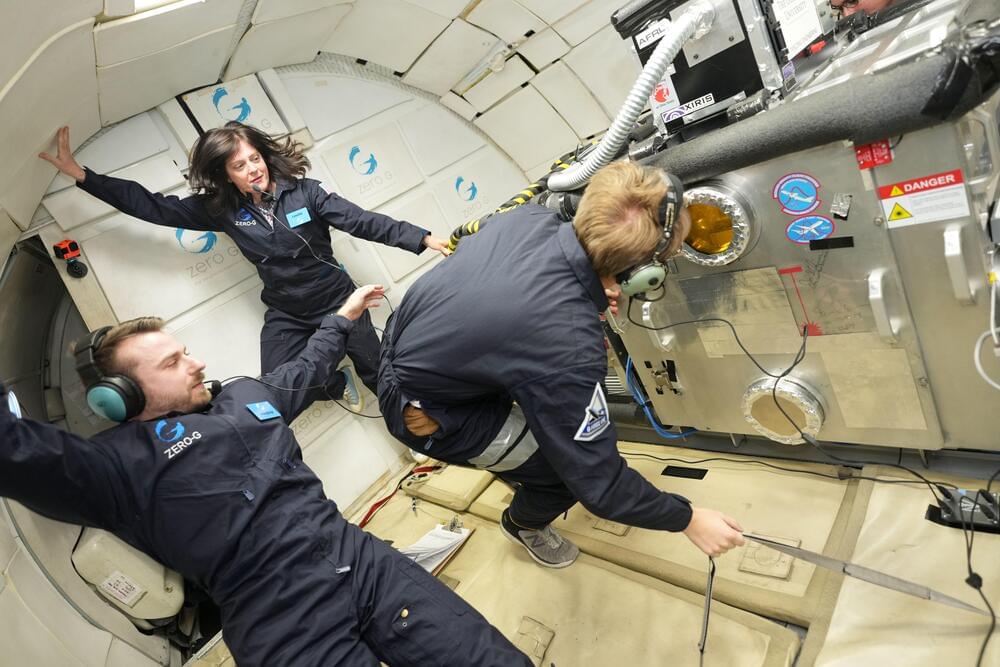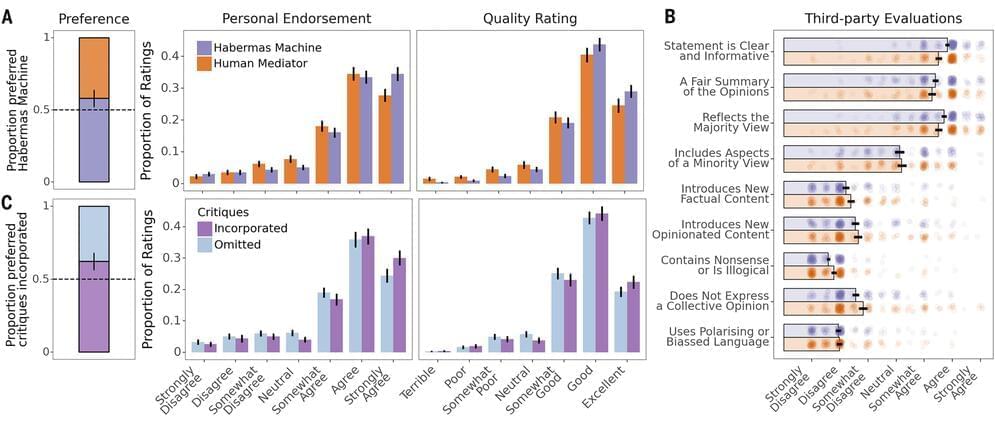“” The shift to level 2 took time, but it accelerates the development of level 3. This will enable impactful agent-based experiences that will greatly impact technology advancements in technology “


Even the biggest investors often make terrible trading decisions for their portfolios.
At an AI summit in Tokyo on Wednesday, Jensen Huang and Masayoshi Son joked about how SoftBank was once Nvidia’s largest shareholder before dumping its stake. The two billionaires are now joining forces on a Japanese supercomputer. SoftBank, which until early 2019 owned 4.9% of Nvidia, has secured a favorable spot in line for the chipmaker’s latest products.\r.
——–\r.
More on Bloomberg Television and Markets\r.
\r.
Like this video? Subscribe and turn on notifications so you don’t miss any videos from Bloomberg Markets \& Finance: https://tinyurl.com/ysu5b8a9\r.
Visit http://www.bloomberg.com for business news \& analysis, up-to-the-minute market data, features, profiles and more.\r.
\r.
Connect with Bloomberg Television on:\r.
X: / bloombergtv \r.
Facebook: / bloombergtelevision \r.
Instagram: / bloombergtv \r.
\r.
Connect with Bloomberg Business on:\r.
X: / business \r.
Facebook: / bloombergbusiness \r.
Instagram: / bloombergbusiness \r.
TikTok: https://www.tiktok.com/@bloombergbusi…\r.
Reddit: / bloomberg \r.
LinkedIn: / bloomberg-news \r.
\r.
More from Bloomberg:\r.
Bloomberg Radio: / bloombergradio \r.
\r.
Bloomberg Surveillance: / bsurveillance \r.
Bloomberg Politics: / bpolitics \r.
Bloomberg Originals: / bbgoriginals \r.
\r.
Watch more on YouTube:\r.
Bloomberg Technology: / @bloombergtechnology \r.
Bloomberg Originals: / @business \r.
Bloomberg Quicktake: / @bloombergquicktake \r.
Bloomberg Espanol: / @bloomberg_espanol \r.
Bloomberg Podcasts: / @bloombergpodcasts

A new route to materials with complex disordered magnetic properties at the quantum level has been produced by scientists for the first time. The material, based on a framework of ruthenium, fulfills the requirements of the Kitaev quantum spin liquid state—an elusive phenomenon that scientists have been trying to understand for decades.

Meaning the progress in the next year or two will be “spectacular and surprising”. — - — 👉 Before you go 👋 If you want to keep up with the latest news on AI startups and how they’re changing the world, join 1000+ subscribers reading our newsletter for FREE! Link in bio. — - #jensenhuang #nvidia #nvidiaceo #artificialintelligence #mooreslaw #todayinai
The company ends the waitlist in Los Angeles, where nearly 300,000 people have expressed an interest in trying out the Alphabet-owned company’s self-driving cars.

Researchers have made a groundbreaking discovery of a neutron star in the Milky Way that rotates at an astonishing 716 times per second, placing it among the fastest-spinning stars ever observed.
The neutron star was identified using NASAs NICER X-ray telescope, which captured extreme thermonuclear bursts resembling atomic explosions. These bursts shine up to 100,000 times brighter than the Sun, providing insights into neutron stars’ life cycles and the creation of elements in the universe.
Discovering a Fast-Spinning Neutron Star.

At the GlobalFoundries Technology Summit 2024, the company brought together its customers and partners from around the world. The theme was “AI Everywhere” as AI has impacted everything from IoT to the datacenter. However, the focus was on its core markets: aerospace, defense and critical infrastructure, automotive, communications and data center infrastructure, industrial IoT, and mobile devices.
RF
One key technology for many of those markets is RF (Radio Frequency) chips for mobile devices, communications infrastructure, and aerospace. GF’s mainstream RF offerings use Silicon on Insulator (SOI) wafer technology. But GF also has Silicon Germanium (SiGe) and Gallium Nitride (GaN) processes as well. With this level of diverse RF technologies, the company is well positioned for future 5G NR cellular developments and beyond, including the growth of FR2 (above 24GHz) and FR3 (7.1GH to 24GHz) bands.


A team of AI researchers with Google’s DeepMind London group has found that certain large language models (LLMs) can serve as effective mediators between groups of people with differing viewpoints regarding a given topic. The work is published in the journal Science.
Over the past several decades, political divides have become common in many countries—most have been labeled as either liberal or conservative. The advent of the internet has served as fuel, allowing people from either side to promote their opinions to a wide audience, generating anger and frustration. Unfortunately, no tools have surfaced to diffuse the tension of such a political climate. In this new effort, the team at DeepMind suggests AI tools such as LLMs may fill that gap.
To find out if LLMs could serve as effective mediators, the researchers trained LLMs called Habermas Machines (HMs) to serve as caucus mediators. As part of their training, the LLMs were taught to identify areas of overlap between viewpoints of people in opposing groups—but not to try to change anyone’s opinions.

As Canadians brace for “vitamin D winter”—months when the sun’s angle is too low to produce the vitamin in the skin—a McGill University study explains why vitamin D deficiency early in life is associated with a higher risk of autoimmune diseases.
During childhood, the thymus helps train immune cells to distinguish between the body’s own tissues and harmful invaders. A vitamin D deficiency at that stage of life causes the thymus to age more quickly, the researchers discovered.
The study is published in the journal Science Advances.